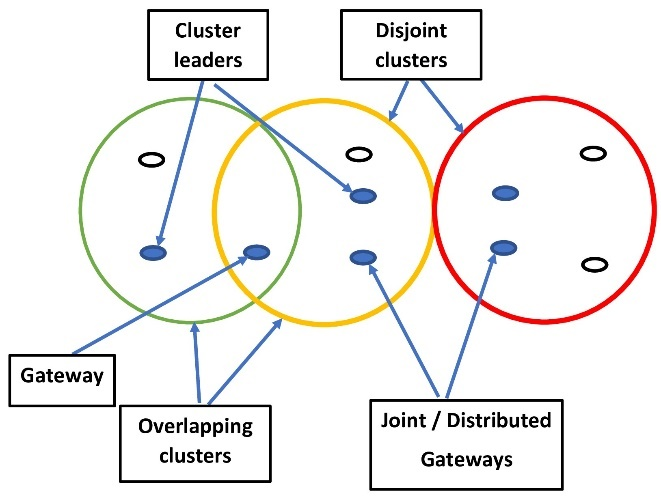Mobile Ad-Hoc Networks: A Classification System for Routing Protocols
DOI:
https://doi.org/10.17762/ijcnis.v17i2.6566Keywords:
MANETs, Routing, Broadcasting, Mobility Models, Classification, Power-aware, NS SimulatorsAbstract
In a Mobile Ad-hoc Network (MANET), all nodes are mobile, interconnected in varying patterns, and each node acts as a router, actively participating in route discovery and maintenance for communication with other nodes in the network, with the network topology constantly changing due to node mobility. Routing and broadcasting have been primary areas of research interest since the inception of commercial MANETs. Routing ensures the successful delivery of data packets from source to target nodes, while broadcasting is vital for addressing a range of network issues, including routing problems. This paper introduces a classification system for routing protocols that expands beyond the traditional categorisation of proactive, reactive, and hybrid methods. It identifies eight distinct groups to encompass a broader range of routing methodologies, ensuring the inclusion of significant approaches that may have been overlooked in the conventional classification. Further, the paper classifies power-aware routing protocols and highlights various broadcasting schemes, providing a comprehensive overview of both topics. Finally, the paper explores mobility models, categorising them and highlighting simulation platforms ns-2 and ns-3.
Downloads
Published
How to Cite
Issue
Section
License
Copyright (c) 2024 International Journal of Communication Networks and Information Security (IJCNIS)

This work is licensed under a Creative Commons Attribution-NonCommercial-ShareAlike 4.0 International License.




